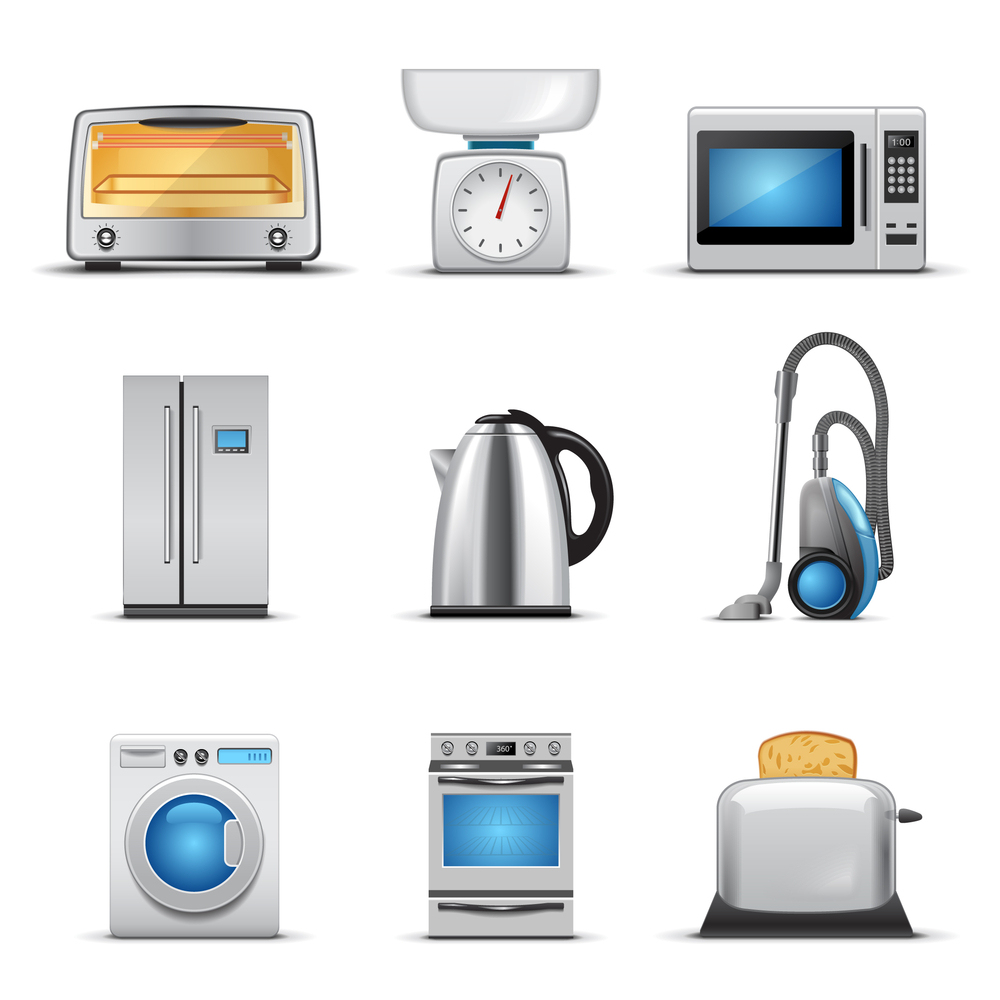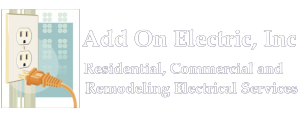How to Tell What Appliances Are Using the Most Electricity

With household appliances, it’s impossible to emphasize how much time and effort they save us. When a house has an electric furnace/boiler and water heater, this is where the bulk of our electrical cost goes.
Let’s look at some of the most common culprits in appliance power use.
The 10 Appliances That Use the Most Electricity in the Home
It isn’t easy to evaluate appliances based on their power consumption because of age, model, size, and frequency of usage.
Consider the fact that many individuals have gas models of some appliances, which consume some power, but not nearly as much as their electric-only equivalents. While a gas dryer will consume some energy, an electric dryer will use more.
Ten of the most common appliances and fixtures that draw the most power are these:
- Electric furnace/boiler
- Central air conditioner
- Electric water heater
- Refrigerator
- Dryer
- Electric oven/stove
- Lighting
- Dishwasher
- Television
- Microwave
Do Appliances Use Electricity When Plugged in But Turned Off?
If you’re trying to save money on your energy bill, you might wonder if your plugged-in but unplugged gadgets are still using power, and that’s a fair thing to ask. As much as 10% of appliance energy use happens when the widget is “off,” according to estimates from the US Department of Energy. “Energy vampires” are devices that suck electricity from the grid even when they are “off.”
How could this be possible when turning off a device would stop it from consuming power, right? Even the red standby light on your television needs a steady electricity supply to keep it from shutting off.
Unplugging gadgets infrequently used can help minimize the amount of energy they use.
How to Measure Electricity Used by an Appliance
An electrical plug monitor is the most straightforward approach to checking the power consumption of a single appliance. Many different monitors exist, but they all adhere to the basic premise of being plugged into an outlet and then connected to another device. The appliance’s energy draw is displayed on the plug monitor. Newer versions can even transfer data to an app on a mobile device.
Can Faulty Wiring Increase Electric Bills?
Yes, improper wiring can cause equipment to use more power than usual to make up for the lost energy, resulting in overheating. Heat is created whenever your wiring has weak connections, whether within the device or the wire feeding the appliance. An electrical system’s heat is a source of wasted energy because it doesn’t do any work. If you don’t fix loose connections in your house, they might lead to more significant issues. The insulation on the wires will begin to melt and burn if a loose connection persists. The unnoticed hot wire may eat through insulation, igniting and destroying everything it comes into contact with. It is, therefore, possible that an appliance’s wiring may be to blame for the problem. Inspecting your home’s electrical system might reveal potential issues that otherwise may not be discovered.
Turn to the Pros for Your Electricity Needs
When it comes to electrical repairs and improvements, it’s always better to enlist the help of a professional. The certified electricians at Add On Electric Phoenix may be reached by phone at 602-980-8056 or by filling out our online appointment form.
